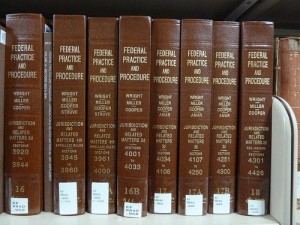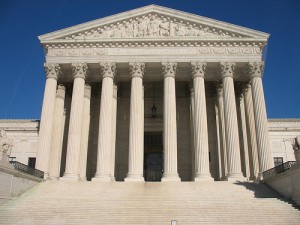Monday Morning Review: Local Governments in the Federal Appellate Courts
Posted
16 Jun 2014 in Monday Morning Review
Here are last week's published decisions involving local governments: Third Circuit
Third Circuit
- Rosano v. Township of Teaneck, No. 13-1263 (June 10, 2014) (in action by current and former police officers against Township alleging violation of Fair Labor Standards Act because it did not pay proper overtime and provide compensation for attending daily roll calls and putting on and taking off uniforms, affirming grant of summary judgment for Township).
- Garofalo v. Village of Hazel Crest, No. 12-668 (June 12, 2014) (in action by former police sergeants, both white, alleging that the Village discriminated against them based on race by promoting a black officer to police chief, affirming summary judgment for Village).










